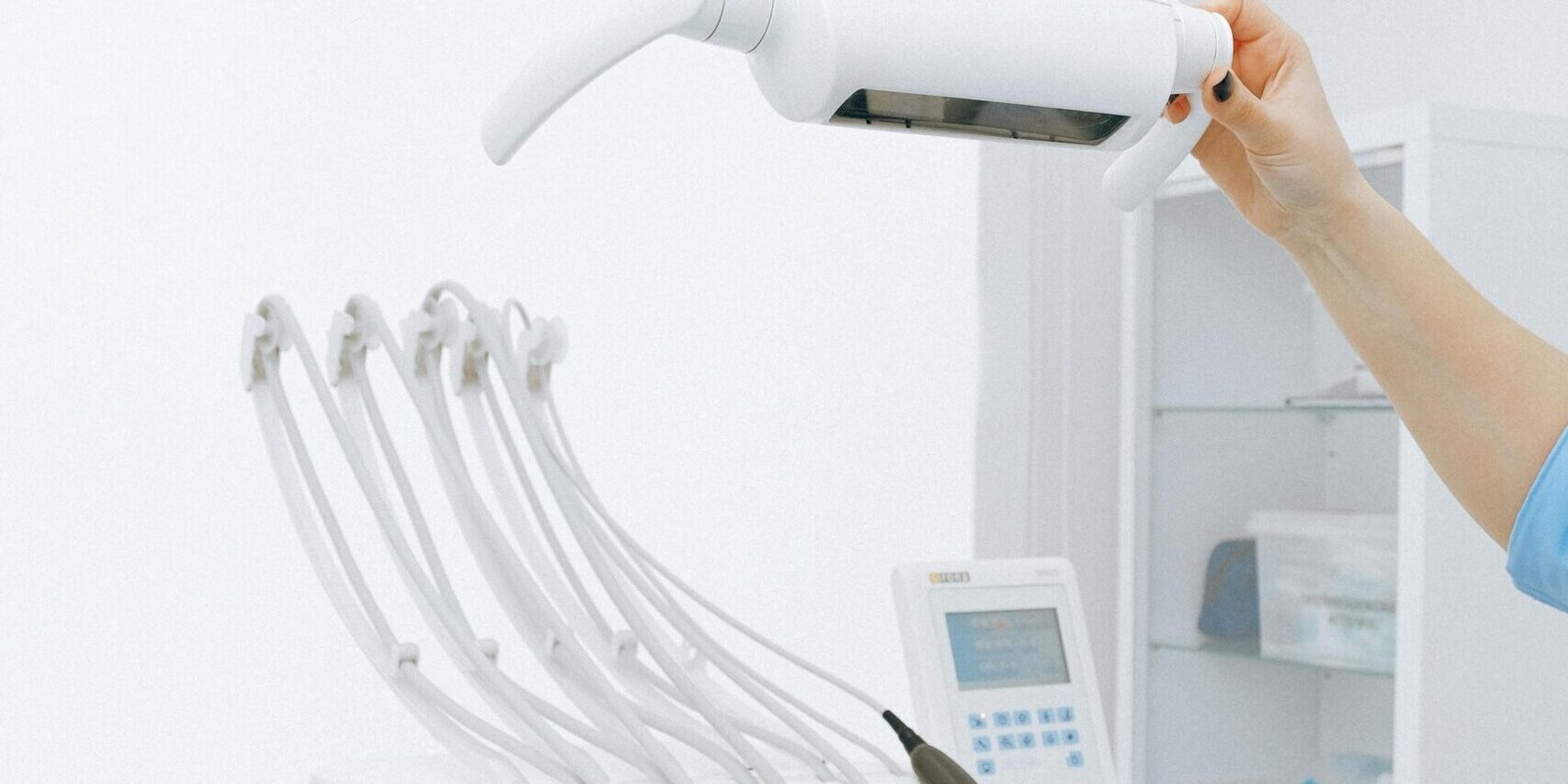Japan’s medical device market is a land of opportunity, offering a unique blend of advanced healthcare infrastructure, a rapidly aging population, and a strong appetite for innovative technologies. As the second-largest medical device market globally, Japan represents a critical destination for companies with cutting-edge products. However, entering this dynamic market requires a clear understanding of its unique trends, regulatory landscape, and customer needs.
Here’s some thoughts to unlock the potential of Japan’s medical device market—and turning challenges into opportunities.
1. Key Market Trends Driving Growth in Japan
Aging Population and Chronic Disease Burden
Japan has one of the world’s oldest populations, with nearly 30% of its citizens aged 65 or older. This demographic shift has led to a surge in demand for medical devices that address age-related conditions, such as:
- Cardiovascular devices (e.g., pacemakers, stents)
- Orthopedic implants (e.g., joint replacements)
- Diabetes care devices (e.g., glucose monitors, insulin pumps)
Focus on Home Healthcare and Telemedicine
With an increasing emphasis on reducing healthcare costs and improving patient convenience, Japan is seeing rapid growth in home healthcare devices and telemedicine solutions. Products like remote monitoring devices, wearable technologies, and portable diagnostic tools are gaining traction.
Adoption of Digital Health and AI
Japan is embracing digital health technologies and AI-driven medical devices, particularly in areas like diagnostic imaging, robotic surgery, and predictive analytics. The government is actively supporting these innovations through funding and regulatory incentives.
Demand for Minimally Invasive Technologies
Japanese healthcare providers and patients alike prefer minimally invasive devices that reduce recovery times and improve outcomes. This trend is driving demand for advanced surgical tools, endoscopic devices, and catheter-based technologies.
2. Regulatory Strategy: Navigating PMDA Requirements
Japan’s Pharmaceuticals and Medical Devices Agency (PMDA) oversees the approval and regulation of medical devices. While the regulatory process can be rigorous, the PMDA is committed to fostering innovation and ensuring patient safety. Key considerations include:
- Device Classification: Medical devices in Japan are classified into four categories (Class I to IV) based on risk. Higher-risk devices (Class III and IV) require more extensive clinical data and rigorous review.
- Pre-Market Approval: For most devices, you’ll need to submit a Shonin application, which includes technical documentation, clinical data, and quality management system (QMS) details.
- Post-Market Surveillance: Once approved, you must comply with Japan’s post-market requirements, including adverse event reporting and periodic safety updates.
Key Tip: Engage with the PMDA early in the development process to align your regulatory strategy with Japan’s requirements. Leveraging local regulatory consultants can streamline approvals and reduce time to market.
3. Pricing and Reimbursement: Crafting a Compelling Value Story
Japan’s National Health Insurance (NHI) system plays a significant role in the medical device market, but coverage varies depending on the type of device. Understanding how your product fits into this system is critical for market success. Here’s what you need to know:
Devices Covered Under NHI Reimbursement
Many medical devices, particularly those used in therapeutic or diagnostic procedures, are covered under NHI. Examples include:
- Catheters (e.g., cardiovascular, urological)
- Implantable devices (e.g., pacemakers, stents, orthopedic implants)
- Diagnostic devices (e.g., glucose monitors, blood pressure cuffs)
For these devices, securing reimbursement is a key step. The process involves:
- Reimbursement Application: Submit a detailed application demonstrating the clinical and economic value of your device. This includes clinical data, cost-effectiveness analyses, and evidence of improved patient outcomes.
- Price Negotiations: Japan’s pricing environment is highly competitive, with regular price revisions. Highlighting your device’s unique benefits and cost savings can strengthen your case during negotiations.
- Innovative Device Incentives: The government offers premium pricing and faster reimbursement pathways for innovative devices that address unmet medical needs.
Devices Purchased Through Hospital Tenders
Some medical devices, particularly high-cost capital equipment, are not covered under NHI and are purchased directly by hospitals through tenders. Examples include:
- Imaging systems (e.g., CT scanners, MRI machines)
- Surgical robots
- Large laboratory equipment
For these devices, the purchasing process is driven by hospital budgets, competitive bidding, and relationships with key decision-makers. To succeed in this space:
- Build Strong Hospital Relationships: Engage directly with hospital procurement teams and key opinion leaders (KOLs) to demonstrate the value of your product.
- Highlight Long-Term ROI: Emphasize how your device can improve operational efficiency, reduce costs, or enhance patient outcomes over time.
- Leverage Local Partners: Consider partnering with local distributors or agents who have established relationships with hospitals and understand the tender process.
Hybrid Models
Some devices may fall into a gray area, where certain components or procedures are reimbursed under NHI, while others are not. For example:
- A surgical robot may not be reimbursed, but the procedures performed using it may be covered.
- Consumables used with capital equipment (e.g., biopsy needles for imaging systems) may be reimbursed, even if the equipment itself is not.
Key Tip: Work with local experts to determine how your device fits into Japan’s reimbursement and purchasing landscape. A clear understanding of the financial pathways will help you craft a compelling value story and optimize your pricing strategy.
4. Go-To-Market Strategy: Building the Right Approach
Japan’s medical device market requires a tailored go-to-market strategy that aligns with your product, resources, and long-term goals. Key options include:
Direct Market Entry
Establishing a local subsidiary allows you to maintain control over sales, marketing, and customer relationships. This approach is ideal for companies with high-value, innovative devices and a long-term commitment to Japan.
Strategic Partnerships
Partnering with local distributors or agents can accelerate market entry, especially for smaller companies or those with limited resources. However, ensure your contracts maintain your control over pricing, branding, and customer engagement.
Hybrid Models
A hybrid approach combines elements of direct market entry and partnerships. For example, you could handle regulatory approvals and marketing in-house while outsourcing distribution to a local partner.
Key Tip: Choose a strategy that balances speed to market with long-term value creation. Flexibility is key to adapting to Japan’s evolving market dynamics.
5. Customer Relationships: Building Trust in Japan
In Japan, direct relationships with healthcare providers are critical to success. To build trust and drive adoption, consider:
- Localized Engagement: Tailor your messaging and training programs to address the specific needs of Japanese healthcare providers and patients.
- Real-World Evidence: Collect and present data on your device’s performance in Japanese patients to strengthen your value proposition.
- Stakeholder Collaboration: Engage with key opinion leaders (KOLs), medical societies, and policymakers to build support for your product.
Pro Tip: Invest in after-sales support and training programs to ensure your device is used effectively and to build long-term customer loyalty.
6. Long-Term Investment: Building a Sustainable Presence
Entering Japan’s medical device market is not a one-time effort—it’s a long-term commitment. Key considerations include:
- Market Monitoring: Stay ahead of regulatory changes, reimbursement updates, and emerging healthcare trends.
- Continuous Innovation: Japan values cutting-edge technologies. Keep your pipeline robust and explore opportunities for product enhancements or new indications.
- Customer-Centric Approach: Continuously engage with your customers to understand their evolving needs and ensure your product remains relevant.
Why Japan? The Rewards Outweigh the Risks
While entering Japan’s medical device market is complex, the rewards are substantial. With a $30 billion market and a strong appetite for innovation, Japan offers unparalleled growth potential for companies willing to invest in a thoughtful, strategic approach. From advanced regulatory pathways to a focus on patient-centric care, Japan is a market where bold ideas can thrive.
What’s Your Strategy for Japan?
The time to act is now. Whether you’re preparing for regulatory submissions, crafting your pricing strategy, or building direct customer relationships, a well-executed plan can set you up for success in Japan’s dynamic market.
Ready to take the next step? Let’s discuss how to turn your vision into reality. Schedule a free consultation or send us a message to explore how we can help you navigate Japan’s medical device landscape with confidence.
Final Thought
Japan’s medical device market is not just a destination—it’s a gateway to global success. By understanding the unique challenges and opportunities, you can position your company for long-term growth and impact.







